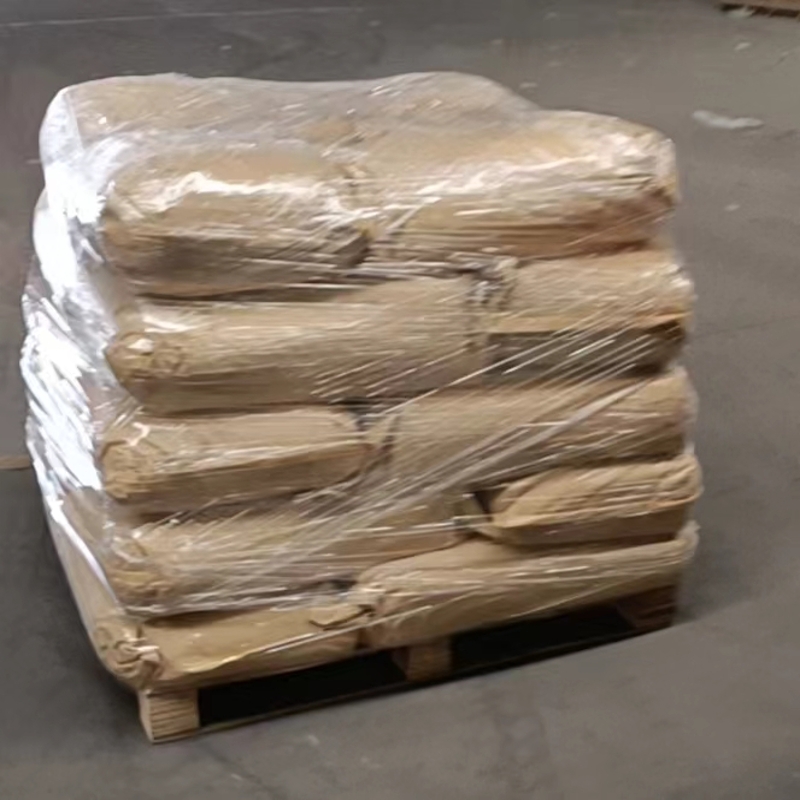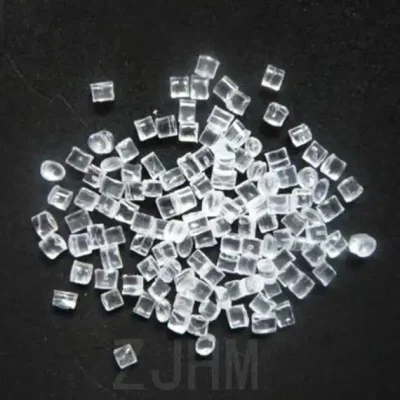-
Categories
-
Pharmaceutical Intermediates
-
Active Pharmaceutical Ingredients
-
Food Additives
- Industrial Coatings
- Agrochemicals
- Dyes and Pigments
- Surfactant
- Flavors and Fragrances
- Chemical Reagents
- Catalyst and Auxiliary
- Natural Products
- Inorganic Chemistry
-
Organic Chemistry
-
Biochemical Engineering
- Analytical Chemistry
-
Cosmetic Ingredient
- Water Treatment Chemical
-
Pharmaceutical Intermediates
Promotion
ECHEMI Mall
Wholesale
Weekly Price
Exhibition
News
-
Trade Service
Peking University Pioneer: PSA-CO separation technology breaks the dilemma of industrial exhaust gas utilization
A few days ago, the National Development and Reform Commission announced the "National Key Energy Conservation and Low-carbon Technology Promotion Catalogue (2017 Low-carbon Part)" on its official website, and the "gaseous secondary energy comprehensive utilization technology rich in carbon monoxide" declared by Beijing Peking University Pioneer Technology Co.
, Ltd.
was shortlisted for the promotion directory, which is the only carbon capture, utilization and storage technology
selected in this year's catalog.
Industrial exhaust gas containing CO usually contains more impurities such as N2, because CO and N2 molecular weight are the same, atmospheric boiling point is similar, physical properties are very similar, it is difficult to separate and purify CO in industrial exhaust gas by conventional methods
.
In view of this technical difficulty, Peking University Pioneer has successfully developed a new high-efficiency CO special adsorbent, formed an advanced pressure swing adsorption separation of carbon monoxide complete process, in recent years has pioneered the recovery and utilization of calcium carbide tail gas, blast furnace gas, yellow phosphorus tail gas, breaking the long-term difficult situation
of extensive utilization of CO-containing industrial tail gas 。 At present, Peking University Pioneer has built a total of 8 sets of gas separation and purification devices to recover CO from CO-rich gaseous secondary energy for chemical production in Xinjiang, Hunan, Ningxia, Henan, Shaanxi and other provinces, and has recovered a total of 630 million m3/year of CO product gas, which has caused great repercussions in the industry and received extensive attention
from the gas industry at home and abroad.







